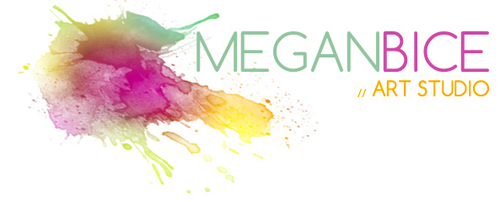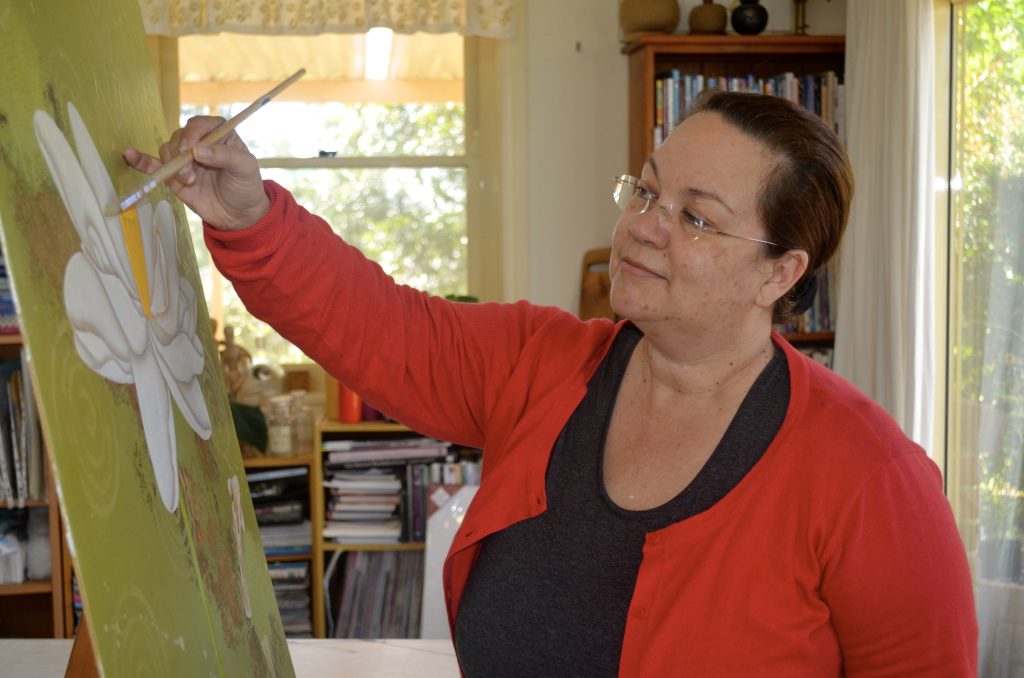Mark Rothko, a renowned American artist, revolutionised the art world with his bold, rectangular colour fields that evoke emotions and spark contemplation. Born on September 25, 1903, in Dvinsk, Russia (now Daugavpils, Latvia), Rothko immigrated to the United States with his family at a young age, settling in Portland, Oregon. This move would later influence his artistic style, as the misty, grey skies of the Pacific Northwest seeped into his palette.
Early Years and Influences
Rothko’s artistic journey began in the 1920s, during which he was heavily influenced by the works of the Old Masters, Impressionism, and Cubism. He studied philosophy and art at Yale University, later moving to New York City to pursue a career in art. In the 1930s, Rothko became associated with the Surrealist movement, but his unique style eventually diverged from the group’s fantastical and dreamlike themes.
The Colour Field Era
In the late 1940s, Rothko pioneered the Colour Field movement, characterised by vast, rectangular fields of colour that seem to hover and vibrate on the canvas. These works, often described as “sublime” and “transcendent,” aimed to evoke emotions and create a sense of intimacy between the viewer and the artwork. Rothko’s colour fields were not just visual experiences but immersive environments that enveloped the viewer.
Technique and Philosophy
Rothko’s innovative technique involved applying thin layers of paint to the canvas, allowing the colours to blend and merge. He believed that colour could evoke emotions and spirituality, stating, “Colour is a means of exerting a direct influence on the soul.” Rothko’s philosophy was rooted in the idea that art should be an emotional and experiential journey, rather than a mere visual representation.
Notable Works
Some of Rothko’s most famous works include:
- No. 61 (Rust and Blue) (1953) – A seminal work featuring two rectangular fields of rust and blue that seem to pulse with an inner light.
- Four Darks in Red (1958) – A series of four paintings featuring dark red rectangles that explore the depths of colour and emotion.
- Seagram Murals (1958-59) – A series of nine paintings commissioned for the Four Seasons restaurant in New York City, featuring bold, rectangular fields of colour.
- Black on Grey (1970) – A late work featuring a black rectangle on a grey background, showcasing Rothko’s continued innovation and exploration of colour.
Legacy
Mark Rothko’s impact on modern art is immeasurable. His colour fields have inspired generations of artists, from Abstract Expressionists to contemporary painters. Rothko’s legacy extends beyond the art world, influencing design, architecture, and even music. His emphasis on emotion, spirituality, and the sublime has made him a beloved and respected figure in the art world.
Influence on Contemporary Art
Rothko’s influence can be seen in the works of contemporary artists such as:
- Gerhard Richter – A German artist known for his abstract, colour-field paintings.
- Brice Marden – An American artist who explores the emotional potential of colour.
- Anish Kapoor – A British sculptor who creates immersive, colour-based installations.
Critical Reception
Rothko’s work has been the subject of much critical acclaim and interpretation. Some have seen his colour fields as representations of the sublime, while others have interpreted them as emotional landscapes. Rothko’s work continues to be the subject of scholarly research and artistic inspiration.
Museums and Collections
Rothko’s work can be found in museums and collections around the world, including:
- The Museum of Modern Art (MoMA) in New York City
- The Tate Modern in London
- The National Gallery of Art in Washington, D.C.
- The Rothko Chapel in Houston, Texas
Conclusion
Mark Rothko’s ethereal world of colour and emotion continues to captivate audiences worldwide. His pioneering spirit, innovative technique, and profound philosophy have cemented his place as one of the most important artists of the 20th century. As we gaze upon his sublime creations, we are reminded of the power of art to touch our souls and transcend the boundaries of human experience. Rothko’s legacy serves as a testament to the enduring power of art to inspire, to heal, and to connect us all.


